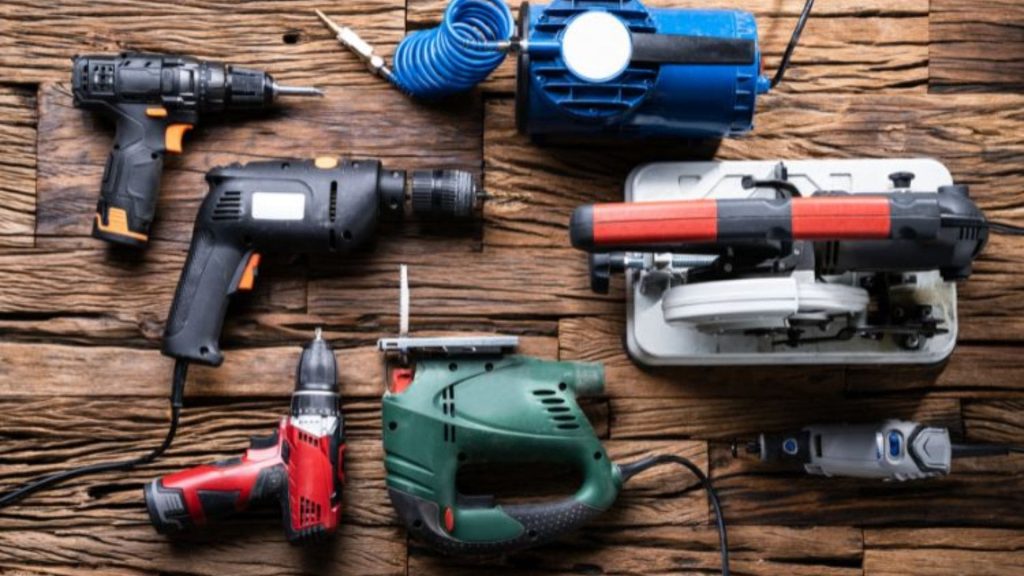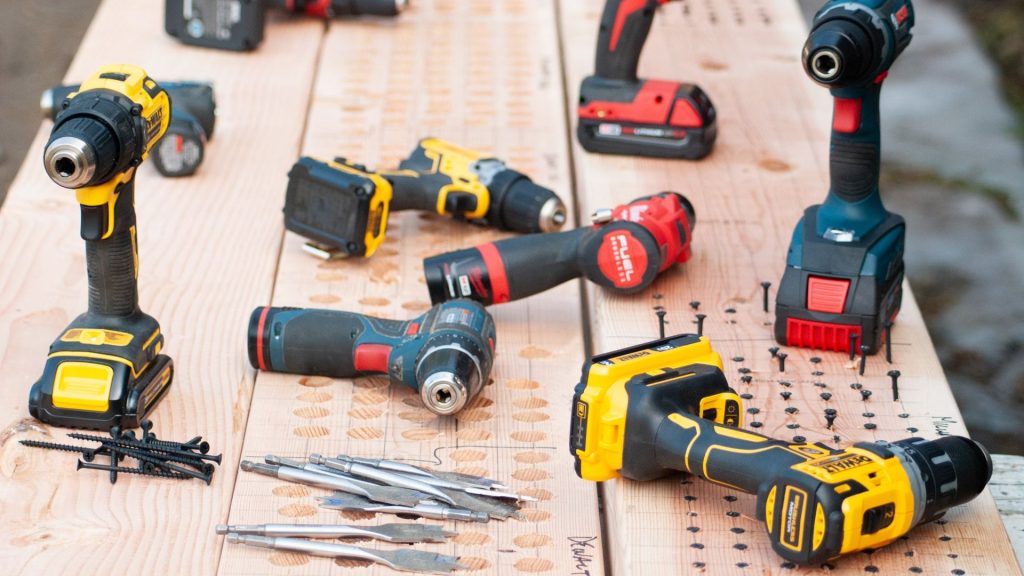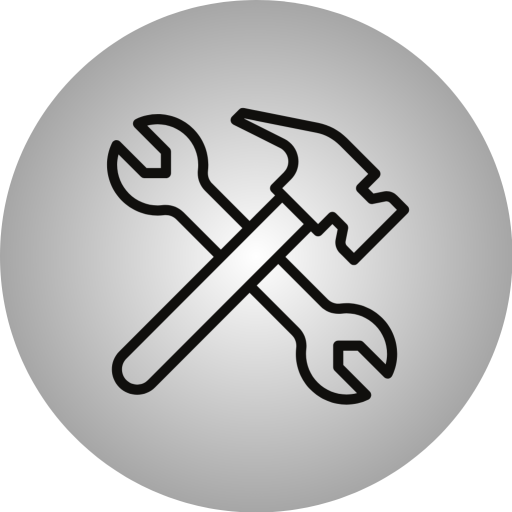Cordless vs. Wired: The Pros and Cons of Modern Hand Tools
Cordless vs. Wired: The Pros and Cons of Modern Hand Tools
Introduction
In today’s fast-moving DIY and professional environments, one debate continues to dominate tool discussions: Cordless vs Wired. Whether you’re cutting, drilling, or sanding, the choice between mobility and consistent power can shape the outcome of your projects.
Modern hand tools have evolved beyond the simple plug-and-play models of the past. With advancements in lithium-ion batteries and brushless motors, cordless technology has become more reliable than ever — but wired tools still hold their ground with raw power and endurance.
1. Understanding the Cordless vs. Wired Debate
The Cordless vs Wired dilemma isn’t just about convenience; it’s about how you balance power, portability, and precision. Corded tools have long been the backbone of workshops due to their unlimited runtime. However, the rise of high-capacity battery systems has made cordless tools a serious contender, offering freedom and flexibility.
Each type of tool has distinct strengths, making the decision largely dependent on the nature of your projects.
2. Advantages of Cordless Tools
The biggest advantage of cordless tools is, of course, mobility. Without the restriction of a power cord, users can work anywhere — from rooftops to tight corners — without worrying about extension cables.
Here are the main benefits of choosing cordless:
Freedom of movement: Work anywhere, anytime.
Improved safety: No cables to trip over or cut accidentally.
Quick setup: Start work instantly, without searching for outlets.
As featured in Fixolix, portability is essential for DIYers working in home renovation projects or outdoor environments. A cordless tool kit helps maintain efficiency, especially for quick tasks or repairs.
3. Disadvantages of Cordless Tools
Despite their convenience, cordless tools come with limitations. Battery runtime and power output remain their biggest challenges.
Limited operation time: Batteries require charging, which can interrupt workflow.
Reduced torque: Some cordless models can’t match the power of their wired counterparts.
Weight: Larger batteries can make tools heavier and more difficult to handle.
In the Cordless vs Wired comparison, these trade-offs can influence both performance and cost efficiency.
4. The Enduring Strength of Wired Tools
For professionals who demand constant power, wired tools remain the benchmark for performance. They deliver uninterrupted energy directly from the power grid, ensuring consistent torque and speed.
Advantages include:
Unlimited runtime: Perfect for long or intensive tasks.
Higher performance: Especially useful for cutting dense materials or mixing compounds.
Lightweight design: No heavy batteries attached.
This reliability is why many professionals still choose wired over cordless for workshop settings. For example, construction workers or metal fabricators rely on the guaranteed power of corded tools to maintain productivity throughout the day.
5. The Limitations of Wired Tools
However, corded tools have their downsides. Cables can restrict movement, create tripping hazards, and limit outdoor usability. The need for constant access to electricity can be inconvenient, particularly in remote or unfinished job sites.
In the Cordless vs Wired discussion, the corded option excels in stability but falls short in mobility — an important factor for DIYers and home users who value convenience.
6. Technological Advancements Bridging the Gap
Modern innovation has blurred the lines between Cordless vs Wired tools. Advances in battery chemistry — such as lithium-ion cells and rapid-charge systems — have significantly improved runtime and reduced recharge periods.
Brushless motors now deliver performance on par with wired models, making cordless options a competitive choice even for heavy-duty tasks.
Companies like Metro Property Homes highlight how modern construction integrates both cordless and wired systems to improve workflow efficiency and energy management on-site.
7. Choosing Between Cordless and Wired Tools
When deciding between the two, consider your work environment, frequency of use, and type of project.
If you work primarily in a fixed location with easy access to outlets, wired tools are ideal.
For outdoor or mobile tasks, cordless tools save time and increase versatility.
In essence, the Cordless vs Wired decision depends on the balance between flexibility and power — there is no one-size-fits-all answer.
8. Cost Considerations
Cordless tools often come at a higher initial cost due to batteries and chargers. Replacement batteries also add long-term expenses. Wired tools, on the other hand, are generally cheaper upfront and require less maintenance.
However, in the Cordless vs Wired comparison, cordless models may save money over time through improved efficiency and reduced setup time — especially for DIY enthusiasts tackling smaller, frequent projects.
9. Safety and Maintenance
Both tool types require responsible handling and regular upkeep. For cordless tools, keep batteries stored properly and avoid overcharging. Wired tools demand care to prevent fraying or electrical hazards.
Safety tip: Always inspect cables, batteries, and attachments before use. Proper maintenance ensures longer tool lifespan and consistent performance.
For step-by-step maintenance tutorials, resources like Fixolix provide detailed guides on keeping your workshop tools in perfect condition.
10. The Future of Hand Tools
The future of Cordless vs Wired tools is about integration, not competition. Hybrid technologies are emerging — offering plug-in charging options, modular batteries, and intelligent power regulation systems.
As innovation continues, we’ll likely see more tools that combine the best of both worlds: the freedom of cordless mobility with the reliability of wired performance. Sustainability will also become key, with recyclable batteries and energy-efficient motors taking center stage.
Conclusion
The Cordless vs Wired debate reflects a broader evolution in how we approach craftsmanship and convenience. Both tool types have unique advantages, and the best choice depends on your needs, workspace, and style of work.
By understanding the differences, you can build a toolset that’s efficient, adaptable, and safe. Whether you lean toward mobility or power, the modern market ensures there’s a perfect solution for every craftsman.
For additional insights on tool innovations and sustainable construction trends, explore Metro Property Homes and Fixolix — your go-to sources for smarter, better-built homes and workshops.
The Pulse of Repairs
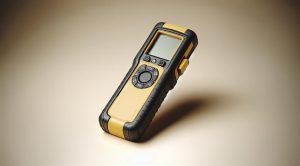
How a Stud Finder Makes DIY Projects Safer
How a Stud Finder Makes DIY Projects Safer

Sealing Tape Uses for Waterproof DIY Repairs
Sealing Tape Uses for Waterproof DIY Repairs

Floor Screed Basics for Level, Durable Surfaces
Floor Screed Basics for Level, Durable Surfaces
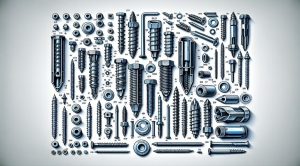
Wall Anchors That Support Heavy Home Fixtures
Wall Anchors That Support Heavy Home Fixtures

Foam Insulation Tricks for Lower Energy Bills
Foam Insulation Tricks for Lower Energy Bills
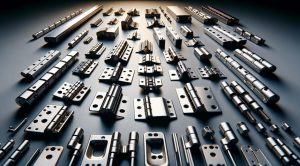
Modern Hinge Systems for Smooth, Silent Doors
Modern Hinge Systems for Smooth, Silent Doors

Cable Routing Tips for Cleaner Home Installations
Cable Routing Tips for Cleaner Home Installations

Deck Coating Ideas for Long-Lasting Outdoor Floors
Deck Coating Ideas for Long-Lasting Outdoor Floors

Wall Primer Steps for Flawless Paint Results
Wall Primer Steps for Flawless Paint Results
